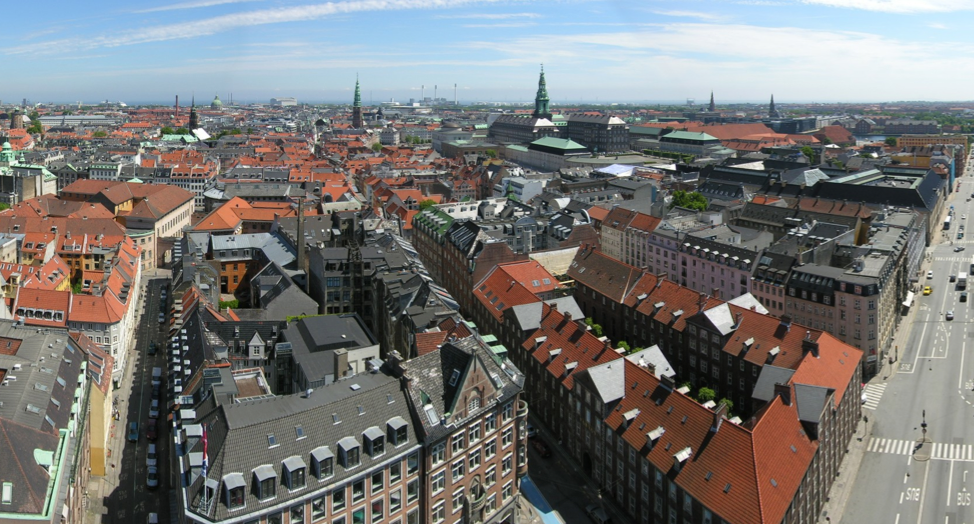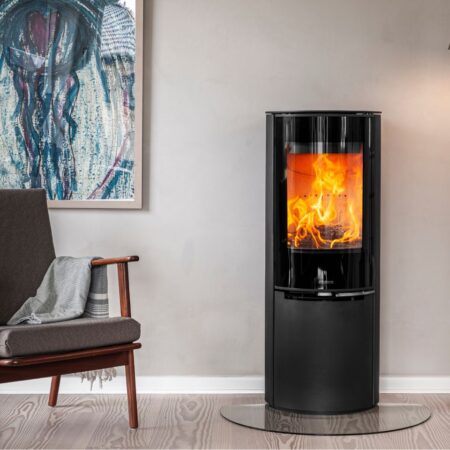Wood burning stove in the city
Apartment owners in urban areas can generally install wood-burning stoves or fireplaces in their homes. However, there are caveats and you should therefore check the conditions in the home, the staircase and around the chimney.
Chimney in the flat
If there is already a chimney in the apartment block you live in, the chimney is subject to the same rules and restrictions as for houses. The chimney must be in good condition, must not be blocked and must not be used for other purposes.
Older buildings and staircases often have one or more chimneys installed. However, it is not a given that it is in working order. It is therefore important to ensure that the chimney is not being used for other purposes.
Multi-function
In many places, the chimney is used as a conduit for water pipes, drain pipes and electrical cables. Some homeowners have a cooker hood connected to the chimney, while others may have the flue from a gas boiler channelled up the chimney. If the chimney is used for other purposes, installing and connecting a wood-burning stove is both dangerous and illegal.
With the increasing installation of central heating in residential buildings, the chimney became redundant and closed off in some places. It is therefore important to ensure that the chimney is not blocked off under the roof when you install your new stove.
You can ask your caretaker and chimney sweep about the function and maintenance of the chimney.
No chimney in the apartment
No chimney, no stove. Installing a new chimney can be both costly and time-consuming.
If you choose to have a chimney built, it must run from the ground up through the flats towards the roof. Building a chimney is therefore not straightforward, as the housing association or block of flats may have specific rules and regulations. In addition, you need to take into account the other residents’ input and participation in the installation.
Installing a steel chimney is a little easier – the closer to the roof you live, the easier it will be. Unlike a brick chimney, a steel chimney does not require a foundation and can simply run from your apartment up through the roof.
Pay attention to your heating bill
As a wood-burning stove owner in a condominium, you may risk having to pay more in heating if there are heat metres on the apartment’s radiators, as these are used to distribute the heating bill between the apartments in the building.
The heat from the stove is counted by the heat metre, so you may end up paying for the heat twice: once when you buy the wood and again when you pay the heating bill.
Rules and requirements
The conditions for installing wood-burning stoves in owner-occupied flats are largely the same as in terraced houses and villas. See the building regulations for more information.
The regulations include provisions on the construction and maintenance of fire safety installations, including fire alarm systems, sprinkler systems and a warning system that alerts the other residents in the corridor in the event of a fire. In addition, there are provisions on required insulation, flooring and distances from the stove to the wall.




